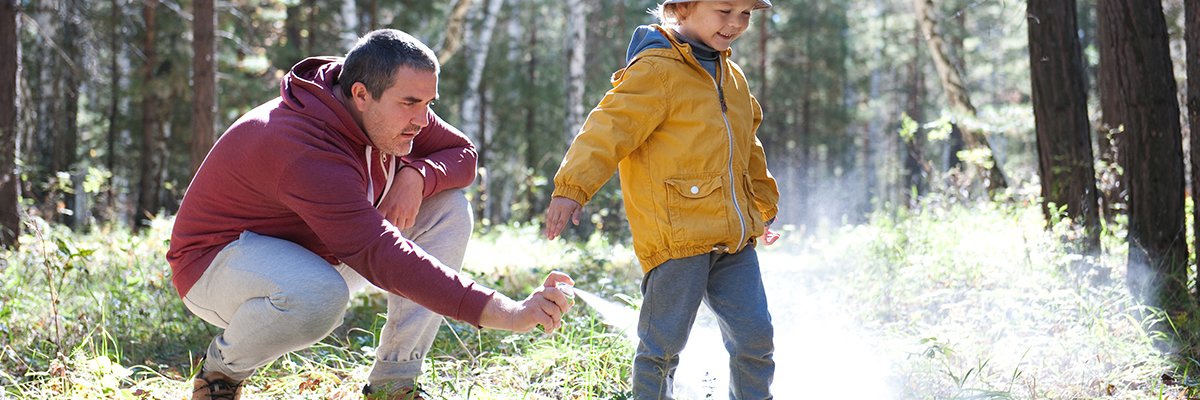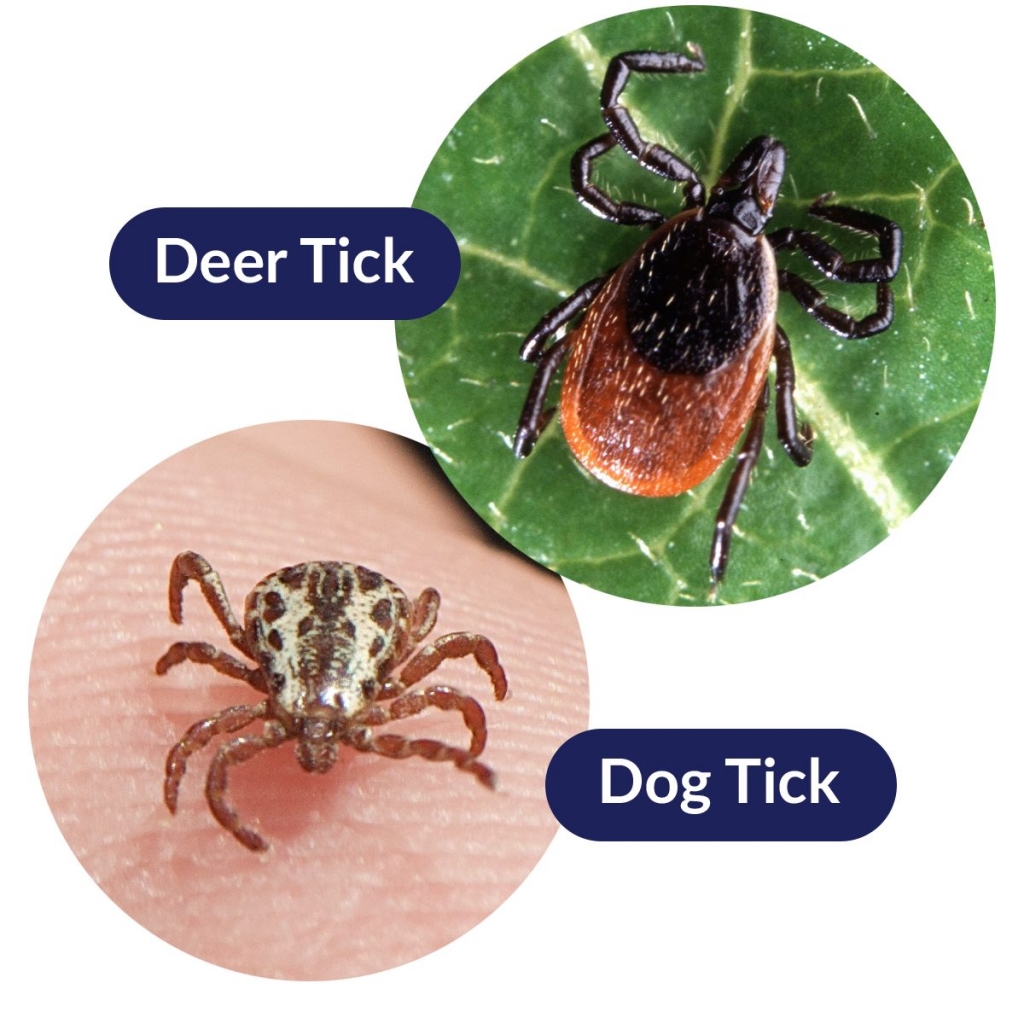
Article at-a-glance
Utahns have long thought themselves safe from Lyme disease via ticks due to our long, cold winters. However, because of climate change, this may no longer be the case. According to the CDC (Centers for Disease Control) reports of confirmed cases of Lyme disease here have increased. As the winter temperatures edge up, more ticks survive to breed the following spring.
Ticks are insects that don’t usually bother us until they burrow their heads in our skin to feed on our blood. Most are harmless, but since some spread diseases, all ticks must be removed.
There are two main types of ticks to guard against, with a sizable difference between them. The common dog tick is an eight-legged insect with a small round abdomen. These are easy to find and mostly brush off before they burrow into the skin. On the other hand, the deer tick is tiny and harder to spot. These are the dangerous ticks that can carry Lyme disease, Rocky Mountain spotted fever and Colorado tick fever. If the tick is carrying any of these, a single bite can be enough to cause illness.

“We’ve partnered with the Utah State Pest Diagnostic Lab in years past to conduct tick surveillance reports for us and we’ve found a species that is capable of carrying Lyme…we could have ticks transmitting Lyme here in the state, however it is not as prevalent as we would see on the east coast.”
Dallin Peterson with Utah State Epidemiology
Tick bites can be mild with only signs of redness around the area. Infected bites may develop a bulls-eye rash that can take days, weeks, or even a month to appear. Watch out for flu-like symptoms (headache, fever, swollen glands, stiff neck, and general fatigue). These symptoms suggest Lyme disease.
Your kids may not get a tick bite in Utah, but they could come home with one from a vacation. The CDC says these 14 states are the most tick-infested: Connecticut, Delaware, Maine, Maryland, Massachusetts, Minnesota, New Hampshire, New Jersey, New York, Pennsylvania, Rhode Island, Vermont, Virginia, and Wisconsin.
If you do find a tick with its head dug into your child’s skin, here’s how to remove it:
Ticks are most active from March to mid-July, and especially during rains. If you plan to enjoy nature during these times, take these steps to stay safe:
And most importantly, always call your pediatrician if you have any questions, concerns, or want help removing a tick.

As a pediatrician and father of six kids, Dr. Bartholomew has a lot of experience with twins and premature infants. In addition to getting to know his patient families, he enjoys the great outdoors, Dr. Seuss, and BYU football.